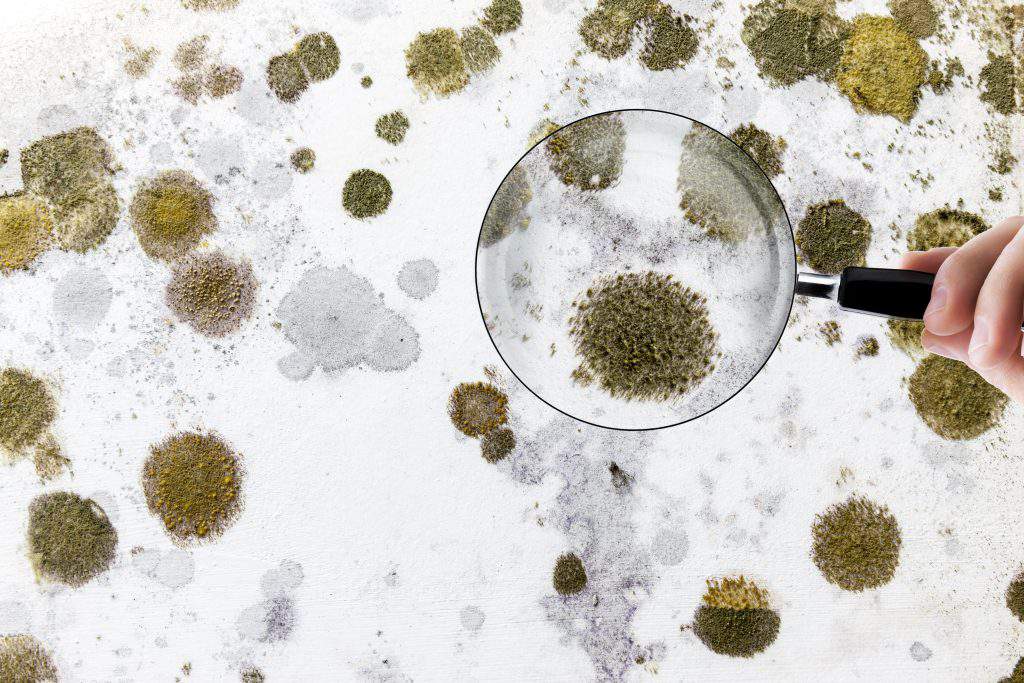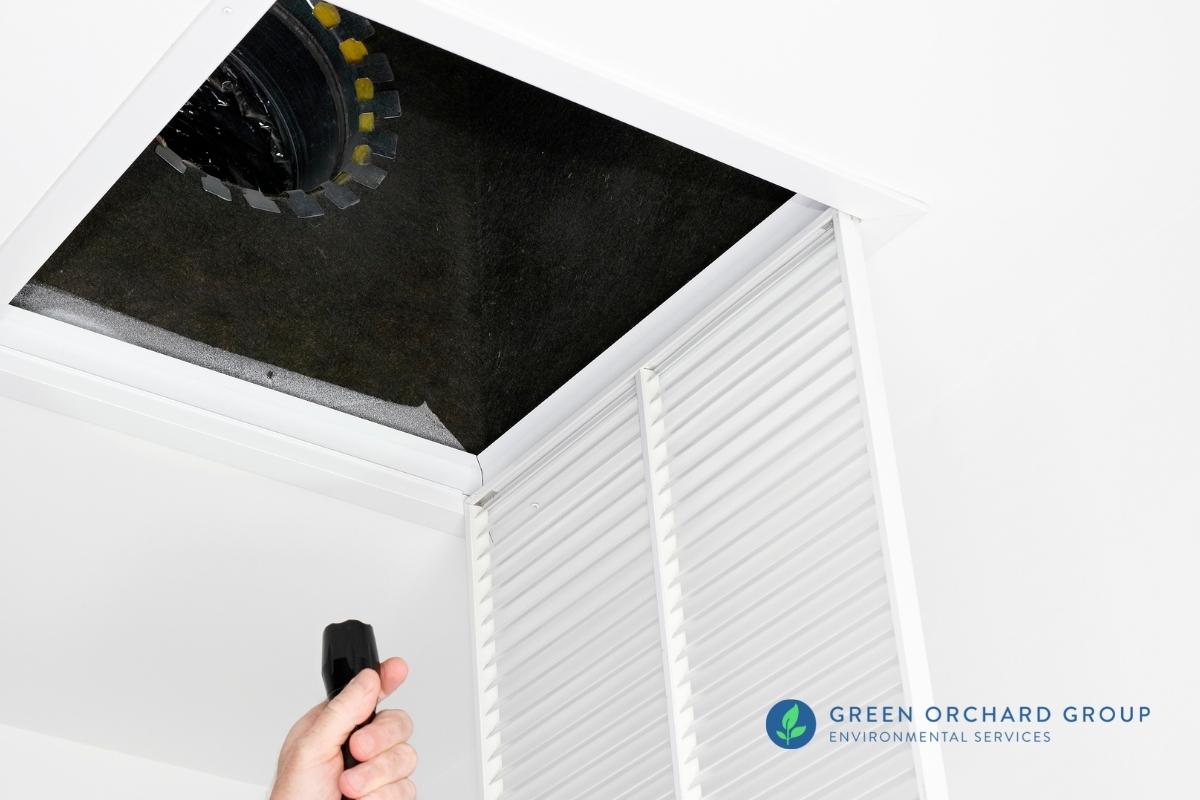Effective Blog Post Mold And Mildew Removal Solutions for Your Home
Mold and mildew growth in homes can be a persistent issue, frequently needing a methodical method for efficient post-remediation solutions. From understanding the factors that add to mold and mildew advancement to implementing proper cleansing strategies and wetness control procedures, the procedure can be complex yet vital for preserving a healthy living environment. Additionally, checking out all-natural remediation services and establishing a regular for continuous maintenance are vital components of a comprehensive mold and mildew remediation strategy. As home owners strive to resolve mold and mildew issues, finding the most efficient solutions becomes extremely important for the wellness of their homes.
Comprehending Mold And Mildew Growth Aspects
Mold growth is affected by a selection of elements that are critical to comprehend in order to successfully resolve and prevent its expansion. Recognizing these factors is necessary in implementing successful mold and mildew removal strategies. The main variable contributing to mold growth is dampness. Mold spores need wetness to sprout and grow, making damp or damp settings very susceptible to mold invasions. Poor ventilation can likewise cause moisture build-up, creating a perfect breeding ground for mold.

Moreover, airflow and light exposure can influence mold development. Areas that do not have proper air flow and all-natural light are much more vulnerable to mold growth. By dealing with these variables thoroughly, individuals can successfully mitigate mold development and protect their living settings.
Proper Mold And Mildew Cleansing Techniques
Making use of effective cleaning approaches is vital in addressing and stopping the recurrence of mold and mildew contamination in indoor settings. When handling mold, it is critical to prioritize safety by using safety equipment such as goggles, masks, and handwear covers. The very first step in appropriate mold cleansing is to have the damaged area to stop the spread of spores to uncontaminated areas. This can be accomplished by sealing the area and utilizing air scrubbers or unfavorable air makers to preserve air high quality.

Applying Moisture Control Steps
To properly prevent mold growth and contamination in indoor atmospheres, applying moisture control steps is critical. Wetness is the key variable that gas mold development, making it essential to handle moisture degrees within the home. One efficient procedure is to make use of dehumidifiers to keep interior moisture degrees listed below 60%. In addition, making certain correct air flow in locations prone to moisture buildup, such as bathrooms and kitchens, can help in reducing the risk of mold and mildew development. Regularly inspecting and fixing any kind of leakages in plumbing, roofing systems, or windows is also essential her explanation in preventing excess dampness buildup. Making use of exhaust followers while cooking or showering, and allowing air blood circulation by maintaining furnishings somewhat away from walls can aid in moisture control. In addition, making use of moisture-resistant products in high-humidity areas, such as mold-resistant drywall and paints, can be beneficial. By vigilantly applying these wetness control steps, homeowners can properly minimize the likelihood of mold and mildew recontamination and preserve a healthy and balanced interior environment.
Utilizing All-natural Remediation Solutions
After effectively applying moisture control procedures to stop mold growth in interior settings, property owners can now discover the performance of natural remediation options in keeping a healthy and balanced home. Natural remediation options make use of eco-friendly techniques to deal with mold and mildew and mold, making them a investigate this site preferred choice for those seeking non-toxic alternatives. One such service is utilizing vinegar, an all-natural antimicrobial representative, to tidy and disinfect surface areas infected by mold and mildew. Merely dilute vinegar with water and spray it onto the affected areas, allowing it to sit for a few hours before wiping clean. Furthermore, tea tree oil, understood for its antifungal residential or commercial properties, can be blended with water and sprayed onto mold-infested surfaces to inhibit further development. Another all-natural alternative is hydrogen peroxide, which can properly eliminate mold and mildew on numerous surface areas without leaving dangerous residues behind. By integrating these natural remediation solutions right into their cleansing routines, property owners can efficiently fight mold and mildew development while advertising a much healthier indoor setting on their own and their households.

Keeping a Mold-Free Environment
Regularly inspecting locations vulnerable to mold and mildew development, such as washrooms, attics, cooking areas, and cellars, is vital. Appropriate ventilation in locations with high humidity degrees is likewise essential to preventing mold and mildew growth.
Additionally, preserving sanitation in the home is important for mold prevention. Maintaining interior plants in check and guaranteeing appropriate water drainage in exterior landscape design can reduce wetness build-up, decreasing the probability of mold and mildew problems.
Conclusion
In conclusion, it is essential to resolve mold development aspects, make use of appropriate cleansing methods, implement wetness control measures, make use of natural removal services, and keep a mold-free atmosphere in order to properly take care of post mold removal in your house This Site - Post Mold Remediation Report. By adhering to these approaches, you can avoid mold and mildew from recurring and ensure a healthy living setting for you and your family
The main variable contributing to mold development is moisture. Mold spores need dampness to sprout and flourish, making damp or wet settings highly vulnerable to mold and mildew problems.To effectively avoid mold and mildew development and contamination in interior settings, implementing wetness control procedures is extremely important. In addition, making certain correct ventilation in areas prone to moisture buildup, such as cooking areas and washrooms, can aid lower the threat of mold and mildew development.After efficiently implementing dampness control actions to prevent mold and mildew development in interior settings, home owners can currently discover the performance of all-natural removal options in preserving a healthy living space.